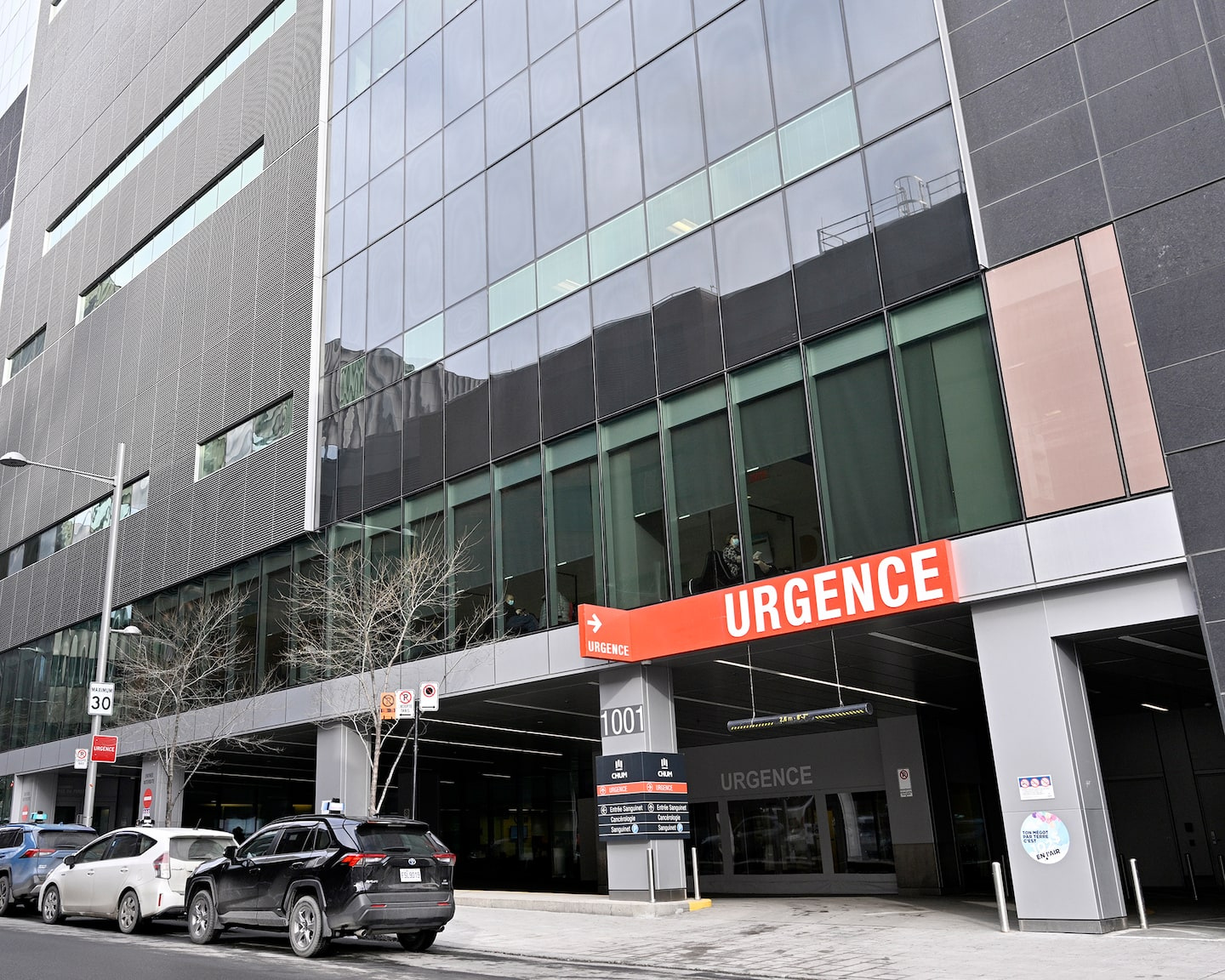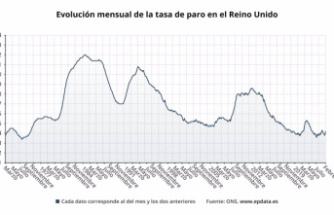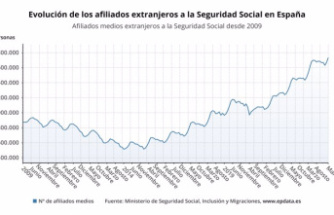What if hospital efficiency relies on artificial intelligence? This is the bet of the CHUM, which is launching a revolutionary project that will predict emergency room traffic and speed up access to care.
"We are at the beginning, but there is enormous potential for transformation," believes Noé Djawn White, director of quality, evaluation, performance and ethics at the Center hospitalier de l'Université de Montréal (CHUM).
Since the pandemic, specialists have insisted on the importance of health data to improve the efficiency of the system. Thanks to artificial intelligence, the CHUM will soon launch a unique computer prediction project in Quebec.
Concretely, we will know exactly how many patients will go to the emergency room for each day of the year.
"The Stars Align"
"A few years ago, this technology did not exist, and we feel that the stars are aligning," says Dr. Élyse Berger Pelletier, an emergency physician consultant at the CHUM for this project.
As soon as a patient enters an emergency in Quebec, his file is already computerized (exams, prescriptions, etc.). However, a CHUM team has collected this data using different algorithms and is compiling all kinds of patient information (anonymously).
The goal? That the statistics try to know the influx of patients according to the day, and that the network prepares for it. “It allows us to have the vision to predict our decisions,” says Mr. White.
Also, the statistics will make it possible to sort emergency patients quickly, according to their clinical condition, and to send them to the right place.
“We will direct patients more quickly to the right boxes. We can reduce stays of 18 hours or 24 hours, and that is major,” insists Dr. Berger Pelletier.
Overall, this greater fluidity will result in less delays throughout the hospital. In Boston, a similar project yielded spectacular results. The number of surgeries has increased by at least 20%, reducing the wait, says Dr. Berger Pelletier.
Use technology
For this doctor, it is imperative to find solutions to improve fluidity in hospitals.
“Labour cannot be invented. The only way to provide quality care is by supporting human resources with technology and optimally planning all hospital activities,” she says.
For the moment, the CHUM has not set any objectives for reducing delays. This analysis will be done as the project unfolds. In addition, the hospital even wants to change the schedules of clinics and employees according to the computer's forecasts. Such an organization does not currently exist in Quebec.
“Often, we are linear in the offer, from 9 a.m. to 5 a.m. But, maybe Monday or Thursday is the time to adjust,” says White, who thinks the new view could reduce employee overtime.
This project will be implemented over the next few weeks at the CHUM, but the designers already want it to be implemented in all hospitals. The CHUM received funding of $450,000 for this project from the Ministry of Health and Social Services.
Predict traffic
The CHUM will soon implement a clinical fluidity project using artificial intelligence. It will have two objectives: to predict emergency room traffic, and to take care of patients more quickly as soon as they present themselves at the hospital.
For example, the CHUM will be able to know how many patients will come to the emergency room on March 25, 2024 or July 15, 2025.
When the weather steps in
Eventually, all sorts of factors could be integrated into the data analysis that predicts traffic: snowstorm, spread of a virus, major sporting event, pileup, etc.
Where do you live ?
Environmental or social factors could also be taken into account in the calculations to assess the care of a patient: neighborhood of residence, family history, family income, etc.
Like a scanner at the entrance
Patients will be taken care of more quickly. Example: an 85-year-old man presents to the emergency room with a heart problem. The computer will be able to predict that he has a 90% chance of being hospitalized. Thus, we should give him a bed quickly, rather than leaving him on a bed in the emergency room for a few days.
"For the patient, it's as if there is a scanner at the entrance to the hospital that predicts the chances of being admitted," illustrates Dr. Élyse Berger Pelletier, emergency physician.
Change schedules
If the computer predicts increased traffic on Thursday, for example, the hospital should schedule services based on those predictions. The schedules of clinics or operating theaters could also be modified according to forecasts.













